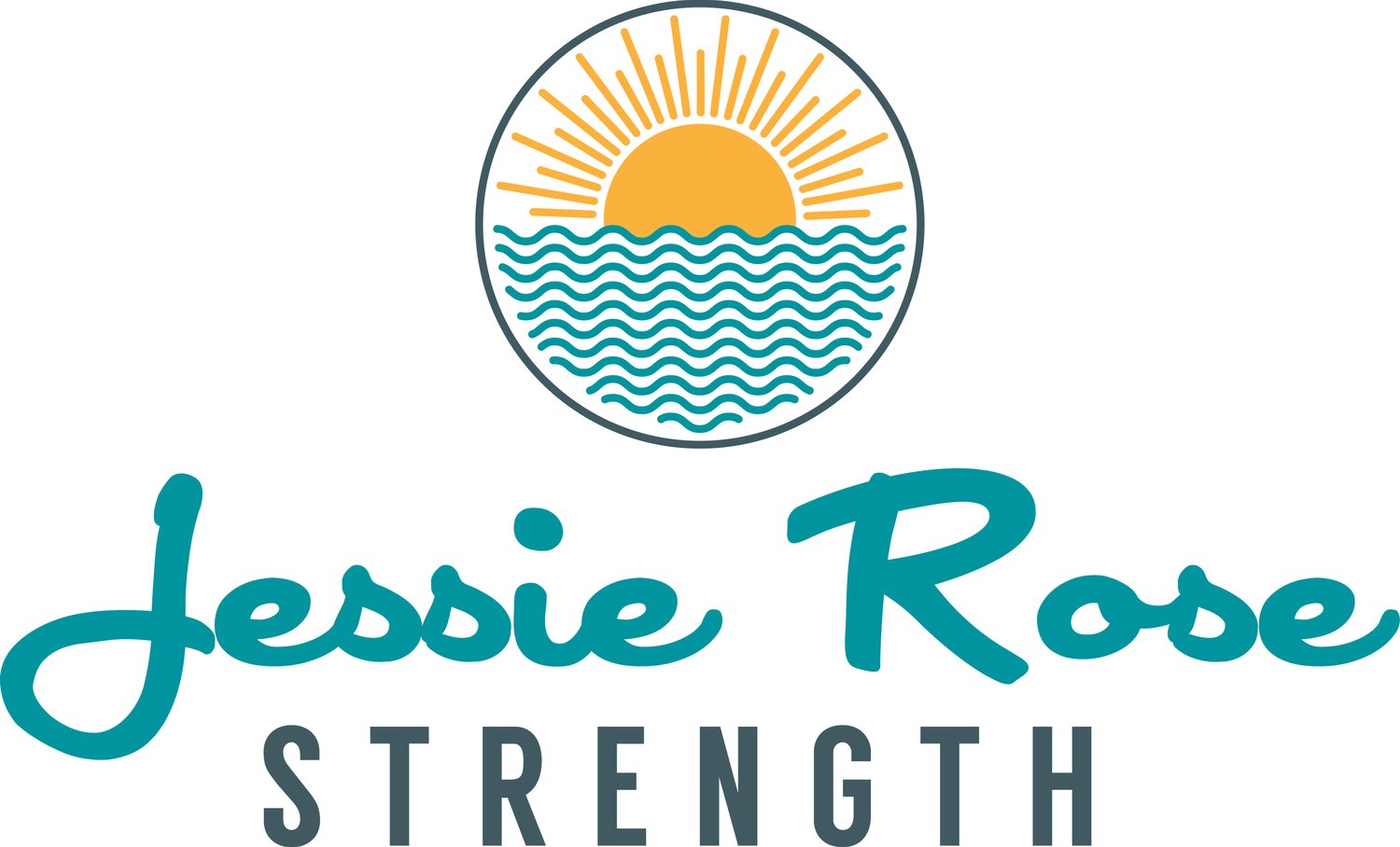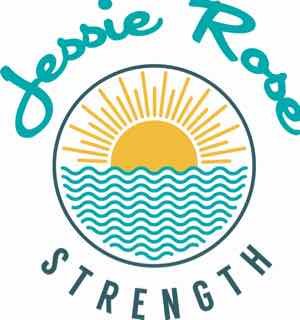Ladies, It’s Time to Eat!
There has been a long-existing message to women that in order to look the way we want, feel the way we want, and exist the way we want, we should be smaller and we should achieve this by eating less. For a lot of women this creates a fear of eating too much. Well, in case no one has told you yet: none of this is true. While there have been significant shifts in this messaging in my lifetime, I know that the core belief is still pervasive and many women still believe that they are one good diet away from their dream body. It’s time to change the conversation.
As I learn more and more about women’s health the thing that stands out to me most is: WE NEED TO EAT MORE, NOT LESS.
Eat more, not less.
It sounds simple. It might even sound fun. And yet it can be surprisingly challenging. Those preexistent beliefs are DEEPLY engrained and to truly change them requires untangling and replacing them with new, quality information to understand WHY it’s so important to eat more. Then, positive feedback from your body will seal the deal. While you still believe that eating more is a problem and will make you gain weight, you will not be successful. If you understand why you need more food, more nutrients, and what they do for your body, you are more likely to stick with it long enough to feel the benefits, which will then start to create a positive feedback loop. Otherwise, when that fear rears its squishy head, you will revert right back to your old, hangry ways.
Food is Your Friend!
The first step in reframing our food intake is to remember what the different food groups do for our bodies. They each have crucial and varied functions in the body.
Carbs:
Primary energy source
Spare protein from being used as energy
Heavily relied on for optimal brain function
Blood sugar regulation
Fiber benefits - aid digestion, reduce cholesterol, prevent constipation
Protein:
Muscle growth and repair
Enzyme production
Hormone regulation
Immune system support
Cell structure and transport
Secondary energy source
Fats:
Primary energy source (9calories per gram - energy dense!)
Maintains cell membrane structure
Hormone production
Nutrient absorption - helps fat-soluble vitamins: A, D, E & K
Body temperature regulation
Protection of organs
I don’t know about you, but even just reading these lists makes me want to eat all the foods so my body can do all the things!
What happens when you don’t eat enough?
Dr. Stacy Sims, leading women’s health expert, outlines in her books many consequences of under-eating, or low energy availability, including the following:
Possible iron, calcium, and vitamin D deficiencies- essential for bone and muscles health, among many other things
Increased risk of low magnesium - helps with muscle function, blood pressure, bone health, maintaining blood glucose
Decreased training response
Diminishing bone health
Decreased immunity
Increase in gut distress
Worsening coordination
Chronic hangriness
Anxiety, depression
Low energy availability increases risk for low bone density and injuries such as stress fractures, mood disorders, poor performance and recovery. When you don’t have enough energy available, your body has to choose how to use the energy that it does have, which means there are inevitable shortages in areas that don’t get enough. Whether that shows in your exercise recovery, your hormonal systems, your skeletal system…you don’t get to choose! p.141 NL - “Your thyroid function and bone formation start to be disrupted after just four days in low energy availability” YIKES and if all those dysfunctions aren’t scary enough, ultimately low energy availability also increases body fat.
No bueno.
Are we worried about overeating?
Mostly, no, we are not worried about overeating. BUT, this is not a green light to go eat a bunch of crap. Fueling up on junk food is not going to solve any of your problems. You also don’t need to force-feed yourself. It is important to still honor your body’s signals of hunger and satiety, while gently nudging it in the right direction. If weight loss is one of your goals, eating enough combined with strategic exercise and intelligent recovery is your best approach. It is more nuanced than simply calories in and calories out and under-eating ultimately leads to your body holding on to weight or gaining more.
It also matters what we are eating and when (especially if you are a more intense exerciser). Those are two future conversations worth having, but for now aiming to get closer to recommended amounts and focusing on getting those amounts from mostly whole foods will be a solid start. The fine tuning will follow.
So, how much is enough?
As with everything health-related, it depends. I wish I could tell you there is one perfect, simple set of numbers that will solve all of your energy needs and body image problems, but there is not. However, i can give you some starting guidelines.
The bare minimum or baseline. This is the approx. amounts you should eat if you are just having a “do-nothing” type of day.
Carbs:
Bare minimum: 130 g / day = approx. 520 calories worth
0.9-1.4g/lb BW
ex. 1 cup pasta, 1 cup beans, or a potato.
Protein:
30-35% of daily intake
0.8-1.2g / lb BW
Fat:
30% daily calories / fill in the rest after carbs & proteins
*For reference: the range of daily calories for active women can easily be between 2300-4000 per day, depending on their individual factors, such as intensity of exercise, frequency and body composition.
To get total baseline kcal: multiply bodyweight in lbs by 17
If you are post-menopause, you should aim for the higher end of the spectrum. For women who have a cycle, your energy needs are higher during your luteal phase (between ovulation and period) and you should also aim for the higher end of the protein scale, as well as increase your carb goal to 2-3 g / lb BW.
As soon as you add in activity and intensity, your energy needs increase.
You’ll notice that I don’t typically reference amounts of food in terms of calories. Calories tell us how much energy is in a food, but little else. They have had the spotlight for far too long, so we are going to let them do their thing, but not give them any more attention than they’re due. I will mention, however, that the recommendation of a 2000 calories per day intake exists as a common reference point. It is not necessarily an actual recommendation for most individuals. As you saw above, for active women, your daily recommended intake could be in the range of 2300-4000 calories a day. (p175 ROAR). It is also normal for your appetite to fluctuate based on hormones, activity level, life circumstances and it is healthy to adjust your intake day to day and week to week. As you learn more about your body, you will better be able to interpret its signals and understand when you need more fuel or less.
The process of learning how much 30g of protein is and what foods you need to eat to meet these recommendations is energy intensive. But, over time you will learn enough to ballpark the amounts and it will serve you well to have a sense of how much you are eating. it is worth the effort and it won’t be effortful forever.
Again, these are general guidelines to give you a starting point. Does it get more nuanced from here? Sure. But if you start by putting enough fuel in your system, you are already well on your way.
I know this is a lot to take in and digest, but noodle on it and, as always, please reach out if you have any questions.
Good luck out there! Happy Eating!

